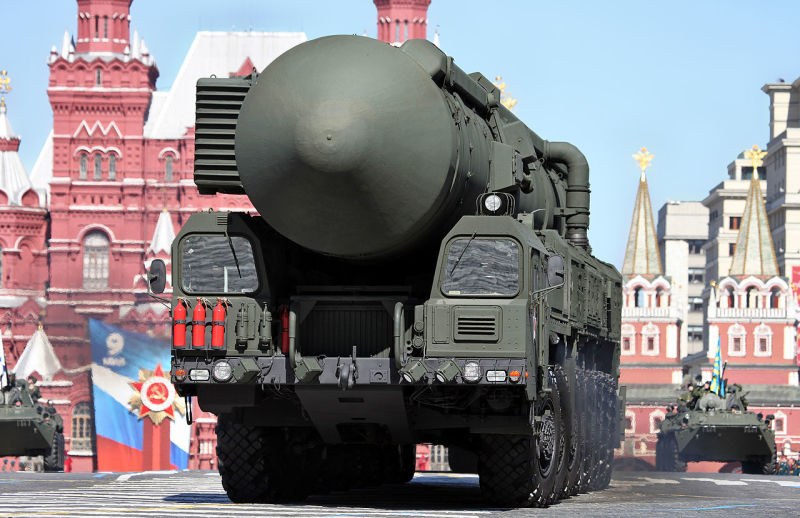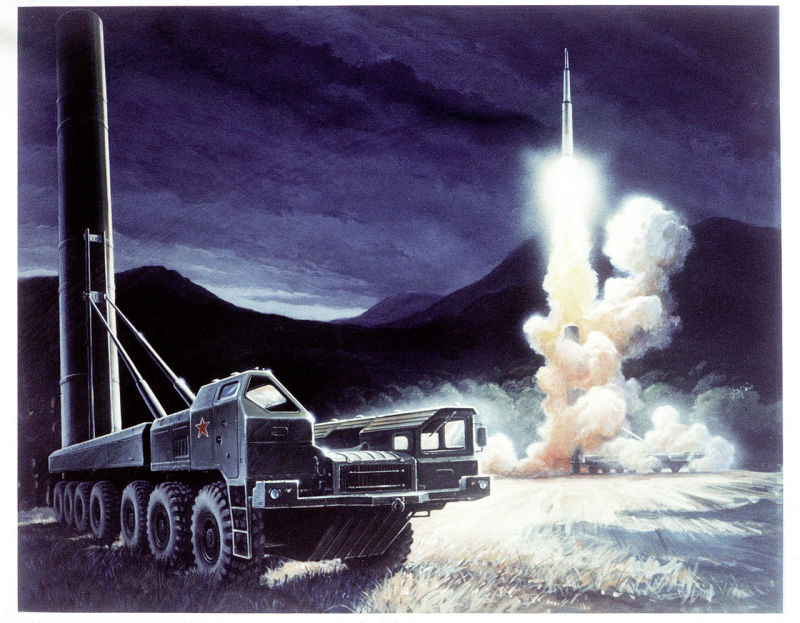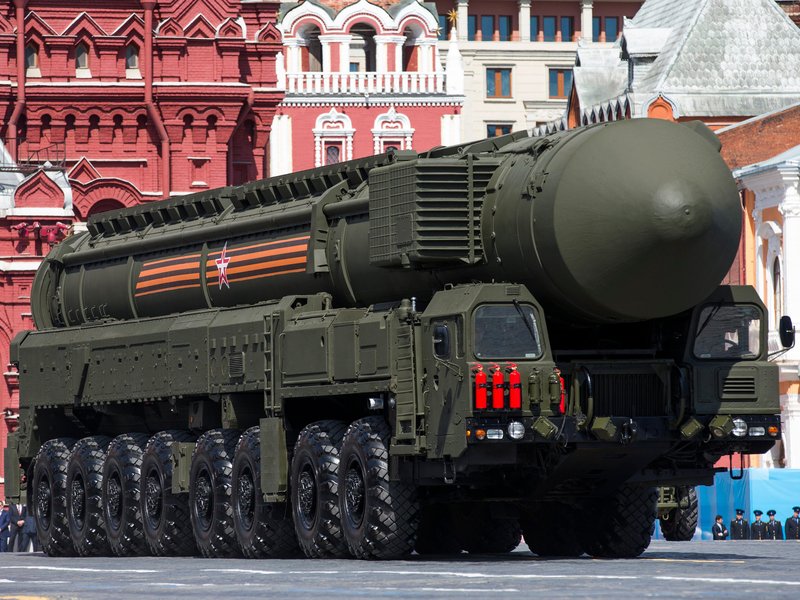|
|
|
|
Into an Asteroid Defense System
By Danny Lewis - February 18, 2016
smithsonian.com During the Cold War, intercontinental
ballistic missiles (ICBMs, for short) were some of the most feared
weapons of the nuclear age. First deployed by the Soviet Union in 1958,
ICBMs were designed as deterrents and weapons of last resort with the
capability to launch nuclear warheads halfway around the world. Now,
Russia wants to aim these missiles at a new target: giant asteroids that
could be on a collision course with Earth.
Scientists have proposed all manner of solutions for protecting the Earth from errant asteroids, from nudging them off course with solar winds to vaporizing them with nukes. This plan to use repurposed ICBMs would fall into the latter category, the Kakeyev Rocket Design Bureau’s lead researcher Sabit Saitgarayev tells the state-owned Russian news agency, TASS. Astronomers can detect large asteroids from a distance, but it is much harder to pick out asteroids smaller than 150 feet in diameter more than a few hours before impact. The Chelyabinsk meteor, which exploded above central Russia in February 2013, was only about 50 feet in diameter but still damaged thousands of buildings and injured about 1,500 people. According to Saitgarayev, the ICBM’s ability to be launched with little lead time makes the missile type a strong candidate for an asteroid defense system, Eric Limer reports for Popular Mechanics. "Most rockets work on boiling fuel. Their fueling begins 10 days before the launch and, therefore, they are unfit for destroying meteorites similar to the Chelyabinsk meteorite in diameter, which are detected several hours before coming close to the Earth,” Saitgarayev tells TASS. “For this purpose, intercontinental ballistic missiles can be used, which requires their upgrade." Instead of relying on liquid fuel, ICBMs use solid fuel, which means they can be stored at the ready until the moment they are launched. In theory, it seems like a good idea: repurposed ICBMs could be fired shortly after a small asteroid is detected and would ideally destroy it with a nuclear blast before the space rock enters the atmosphere and causes any harm. However, there are some pretty big dangers to this tactic, especially if the asteroid isn’t completely vaporized. If the initial blast doesn’t turn the target asteroid into dust, it could just turn one big rock into lots of little rocks—a new problem that would be much harder to solve with a missile, Tyler Rogoway writes for Jalopnik. That’s not the only issue facing the retrofitting project. While Saitgarayev says the design process is already in the works, he says that upgrading the ICBMs for asteroid defense could cost millions of dollars, and it’s unclear whether those funds are even available, TASS reports. Still, Saitgarayev says that if the plan goes forward, he hopes to have the missiles ready for testing by 2036, when the large asteroid Apophis is scheduled to pass dangerously close to Earth. SOURCE: Smithsonian Magazine |
|
 Credit: Vitaly V. Kuzmin/Wikicommons  Illustration via DoD |
|
Related Links:
More: http://tass.ru/en/science/855968 |
|
| FAIR USE NOTICE: This page contains copyrighted material the use of which has not been specifically authorized by the copyright owner. Pegasus Research Consortium distributes this material without profit to those who have expressed a prior interest in receiving the included information for research and educational purposes. We believe this constitutes a fair use of any such copyrighted material as provided for in 17 U.S.C § 107. If you wish to use copyrighted material from this site for purposes of your own that go beyond fair use, you must obtain permission from the copyright owner. | |
|
|

